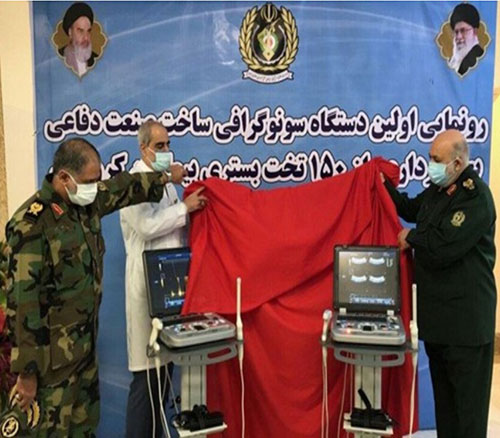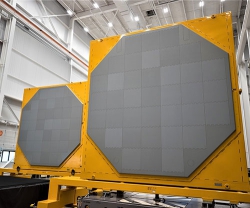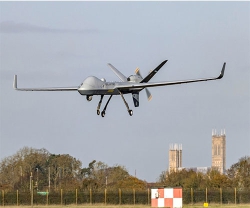The Iranian Defense Ministry unveiled the first ultrasound screening device that has been designed and made by Iranian specialists and scientists.
The device was unveiled in a ceremony attended by Deputy Defense Minister Brigadier General Qassem Taqizadeh at Tehran’s Chamran Hospital, Fars News Agency (FNA) reported.
Taqizadeh said that the machine is equipped with the state-of-the-art software with menus for measuring and estimating gestational age, advanced imaging and image processing technology, remote management and data transmission software, color Doppler and power Doppler system, 15-inch LED display with high resolution, and a frequency range from 2.5 to 14 MHz.
Unlimited storage of images on a USB hard disk, various working modes, portable and fixed modes, capability of connection to a printer as well as the light weight and high image resolution are the other features of the new apparatus.
Taqizadeh added that it can be used in field hospitals and in critical and emergency situations.
Noting that the ultrasound screening machine has obtained the necessary approvals from the Ministry of Health, he said: “The Defense Ministry is ready to mass-produce the device at the request of health officials to meet the needs of the country’s healthcare section.”
In a similar breakthrough, a member of Iran’s Arak University scientific board Mohammad Velasjerdi said on Sunday that the researchers of the University in collaboration with the researchers of the Malaysian Industrial University (UTM) manufactured a special sensor that is able to diagnose COVID-19 within a few seconds.
Velasjerdi said that a joint research between the scholars of Arak University and UTM resulted in diagnosing coronavirus in a few seconds through examination of the patient’s saliva as a relatively safe and sure method to control the epidemic.
“To Diagnose the coronavirus, we have used light fiber sensor with golden and graphene oxide coating. This sensor is able to diagnose the virus in the patient’s saliva via changing the length and intensity of the wave obtained by optic analyzer,” he further said.
He went on to say that, during the research, the saliva of patients aged 34-72 were examined with the sensor, showing significant changes in the length and intensity of the obtained wave in proportion with the number of the viruses in different phases of the disease.
Research results have been published on highly credited Chemical Engineering Journal, FNA added.





















